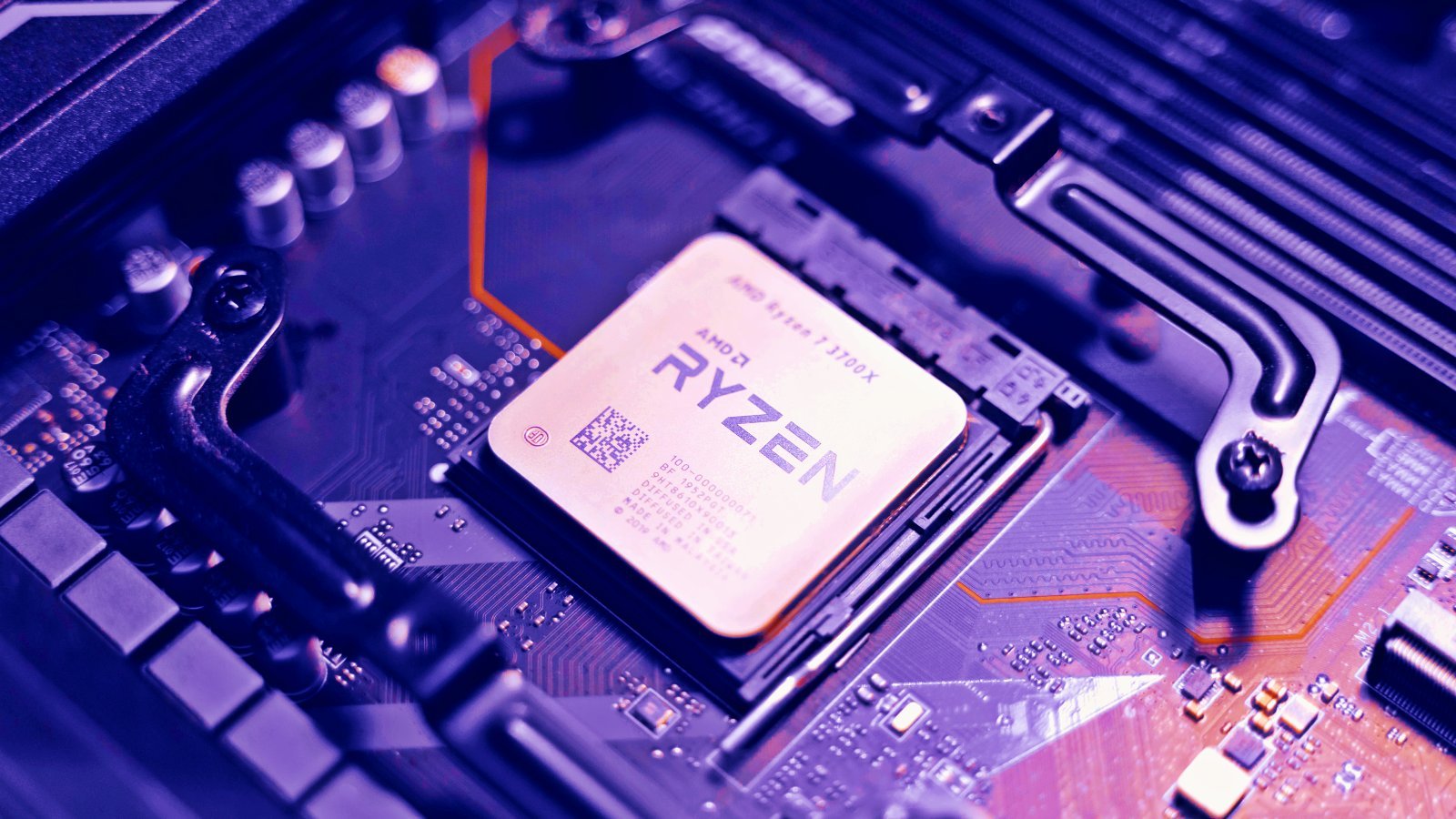Soldato
Interesting:
https://www.theregister.com/2024/03/25/zenhammer_comes_down_on_amd/
It seems that RowHammer wasn't massively applicable to AMD, but now it somewhat is under the guise of ZENHAMMER.
Local execution required for this one, but as the article states RowHammer finally became remotely exploitable too with work and time.
AMD's response:
https://www.amd.com/en/resources/product-security/bulletin/amd-sb-7021.html
Looks like the majority of mitigations recommended are towards EPYC and ECC RAM, so not 100% sure about desktop based mitigations.
Seems like its still fair game on CPU based attacks... ever since the big boys of Spectre and Meltdown they are constantly being targeted by researchers now.
https://www.theregister.com/2024/03/25/zenhammer_comes_down_on_amd/
It seems that RowHammer wasn't massively applicable to AMD, but now it somewhat is under the guise of ZENHAMMER.
Local execution required for this one, but as the article states RowHammer finally became remotely exploitable too with work and time.
AMD's response:
https://www.amd.com/en/resources/product-security/bulletin/amd-sb-7021.html
Looks like the majority of mitigations recommended are towards EPYC and ECC RAM, so not 100% sure about desktop based mitigations.
Seems like its still fair game on CPU based attacks... ever since the big boys of Spectre and Meltdown they are constantly being targeted by researchers now.


